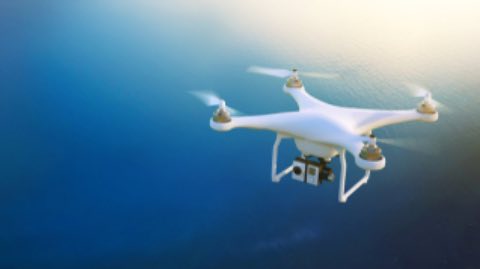
Horizon31 – a spin out from the Department of Energy’s Oak Ridge National Laboratory (ORNL) – seeks to commercialize a system that allows users to operate drones from anywhere in the world using only an internet connection. Drone pilots currently use a handheld radio controller and so are limited by signal range and visibility.
“To make these unmanned systems commercially viable — if you want to deliver packages, for instance — you have to be able to move beyond visual line of sight,” says Andrew Harter, CEO of Horizon31. “In a lot of situations, you’re not going to have someone on the ground watching the entire time.”
The Multimodal Autonomous Vehicle Network (MAVNet) allows pilots to log into the drone online and communicate with the system through local digital links, cellular services, and satellite connections. Having redundant connections through multiple communication pathways with the drone ensures positive control during a flight – even in areas with poor coverage. Unlike competing systems that use an embedded computer integrated within the drone to provide remote connectivity, MAVNet routes data via a central cloud server. This avoids the problem of the drone becoming bogged down when multiple users try to access information at the same time. MAVNet allows for multiple pilots to operate the system simultaneously and for one person to control multiple vehicles. This technology could be of use in commercial-scale fleets, such as for delivery services, medical supply transport, and 3D mapping.
“We’re changing the ecosystem of how unmanned systems communicate and how people interact with them,” Harter says. “We’re excited to bring this new level of control to users everywhere.”
